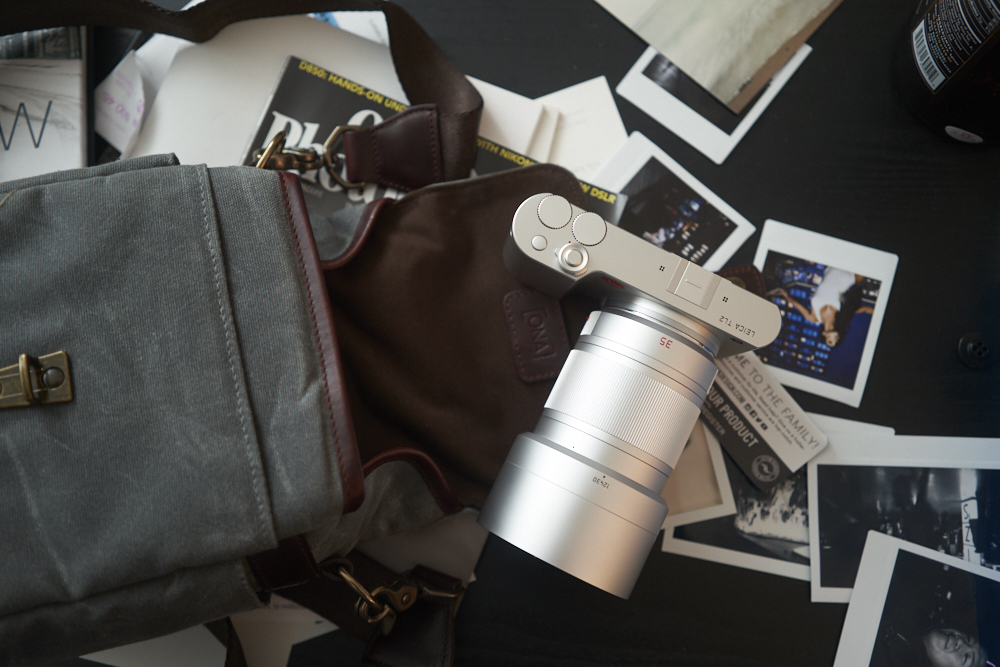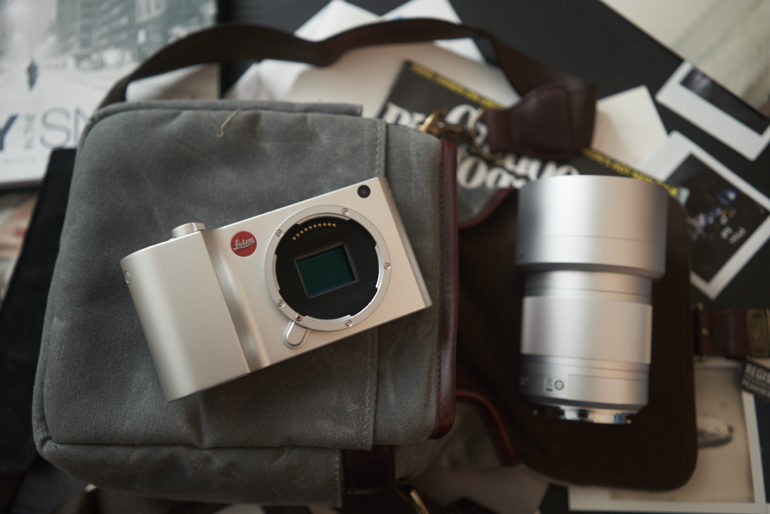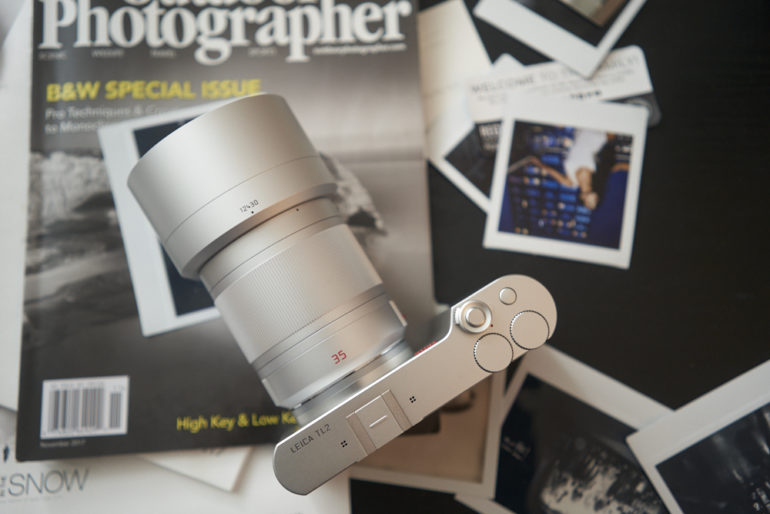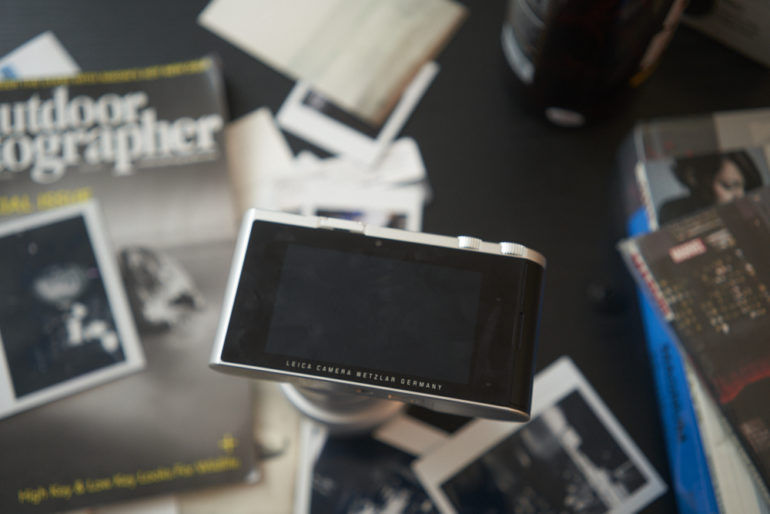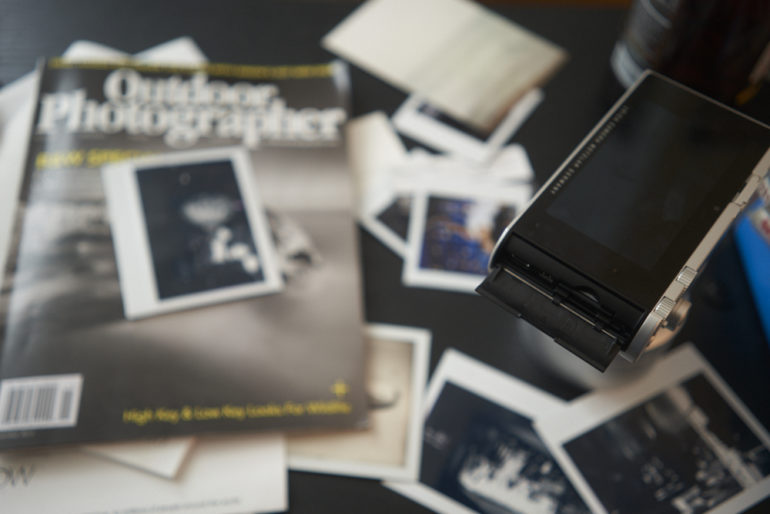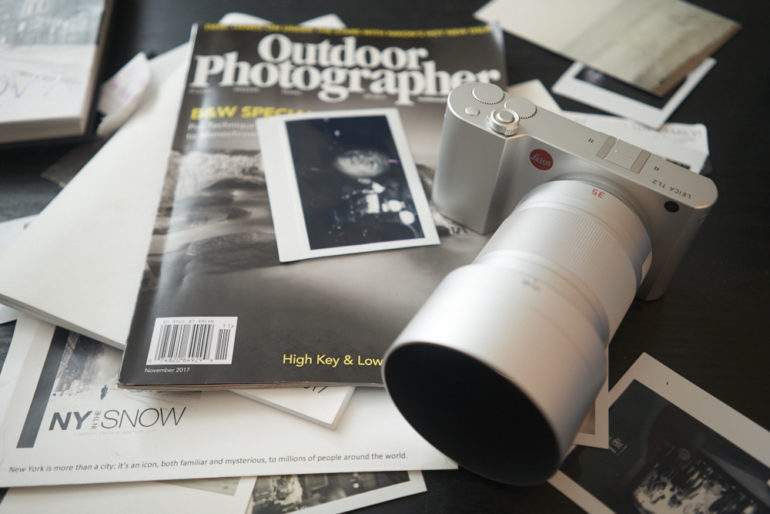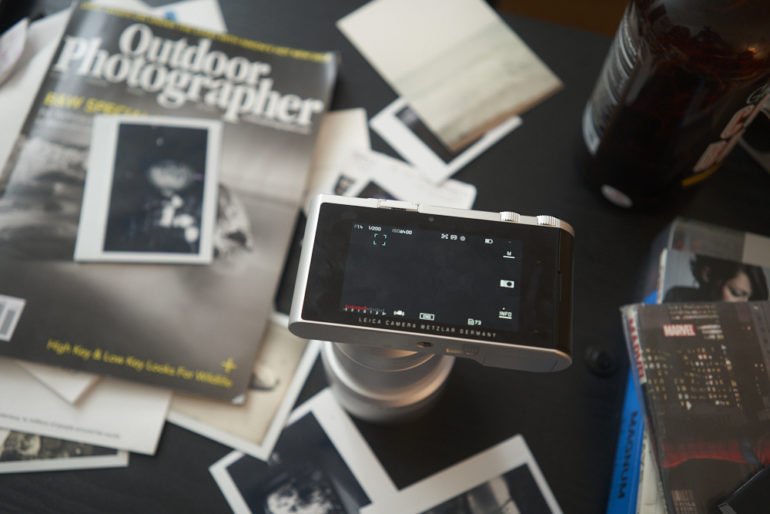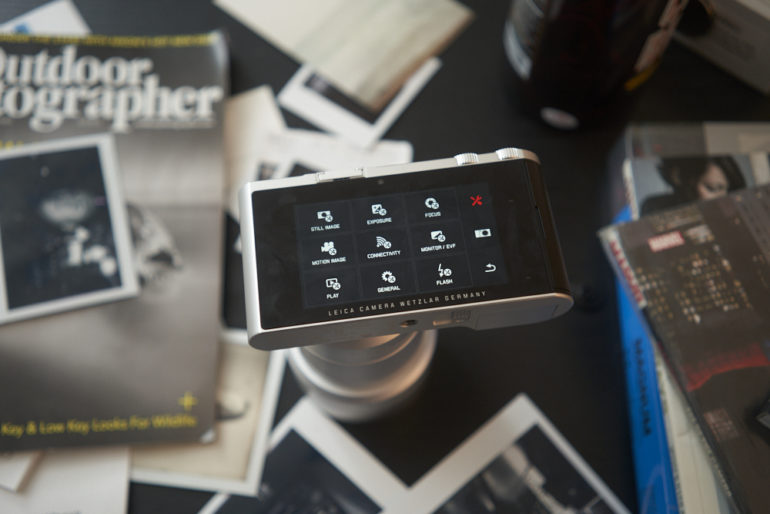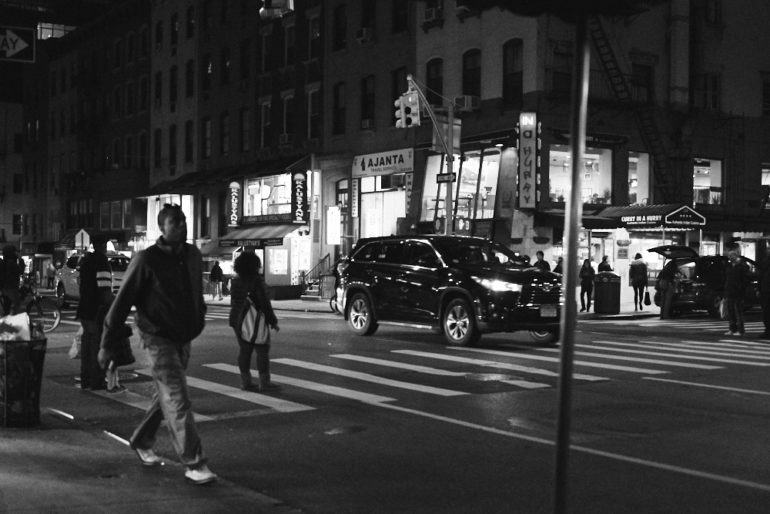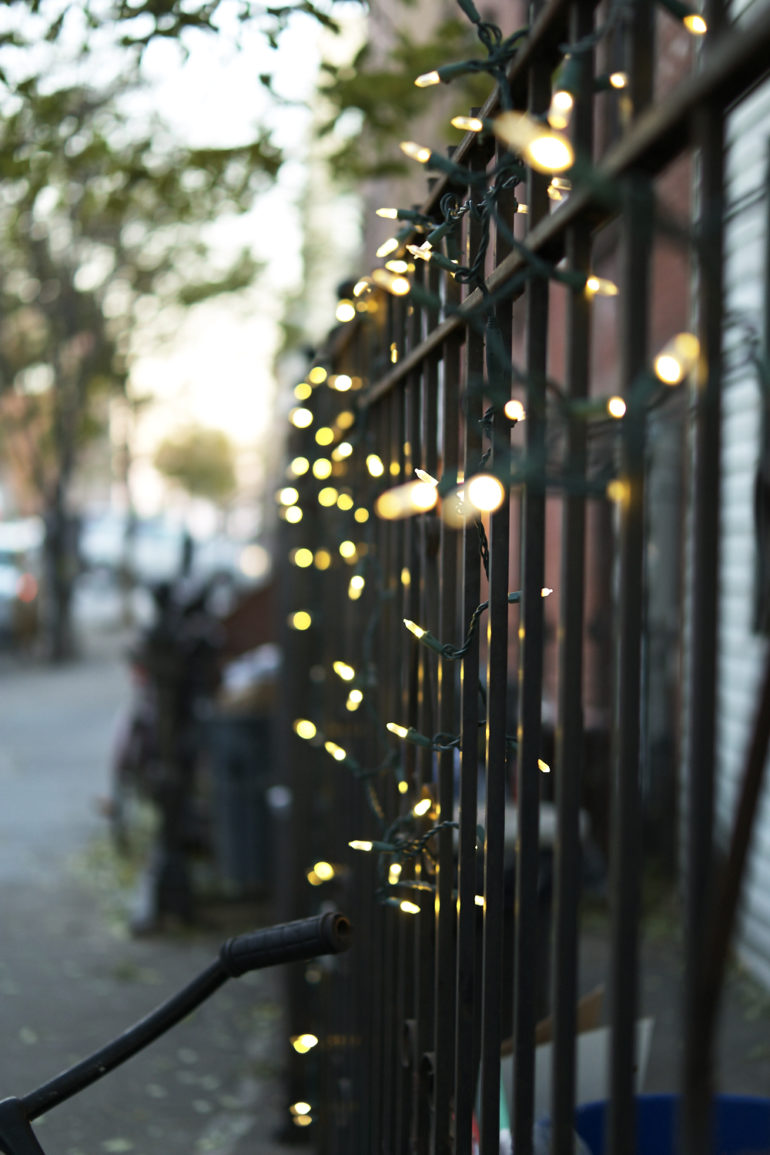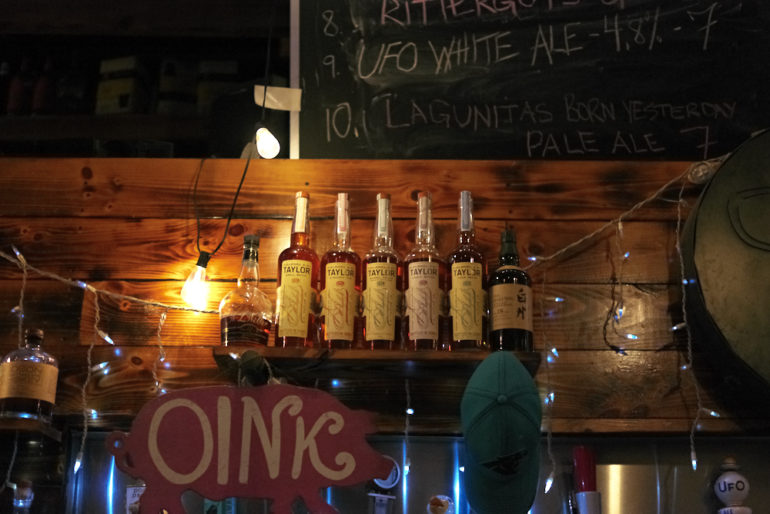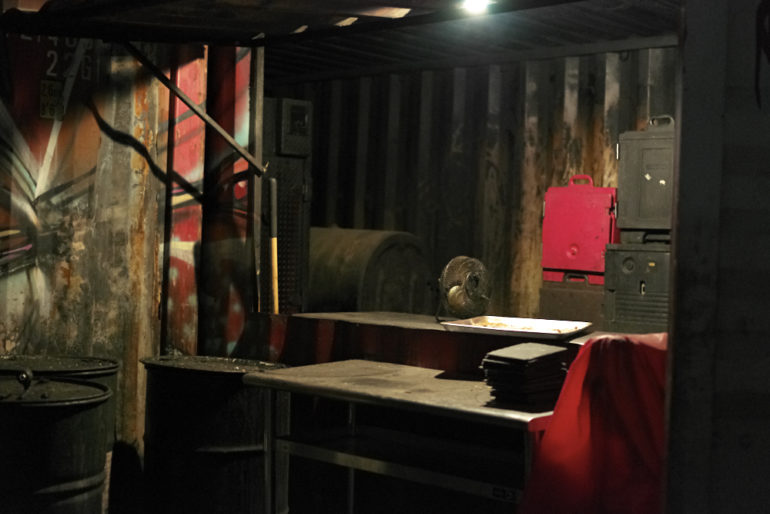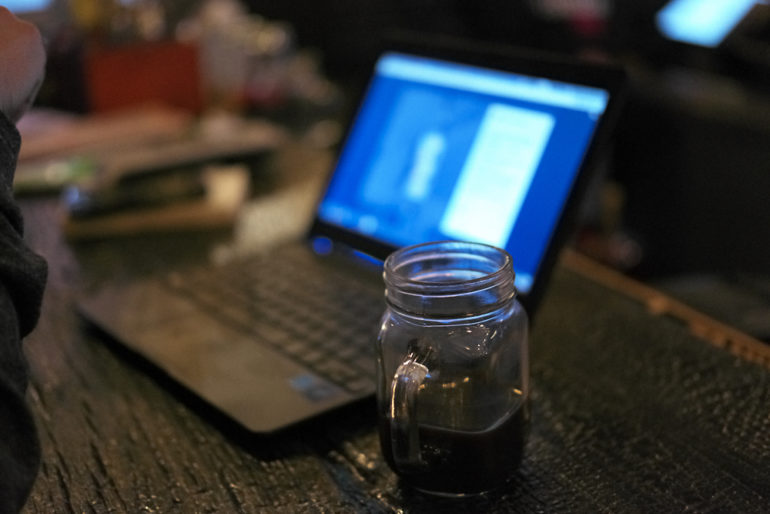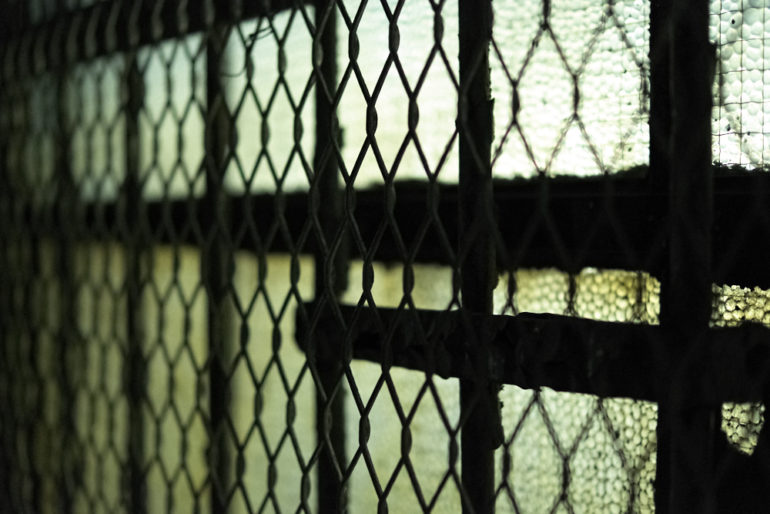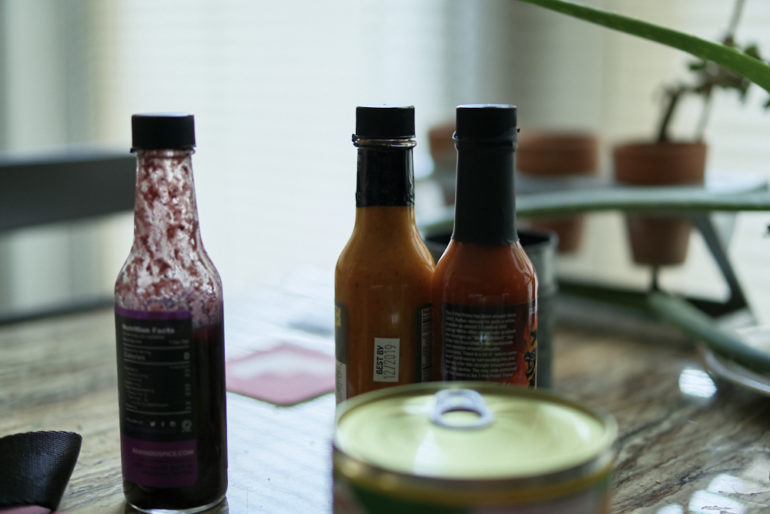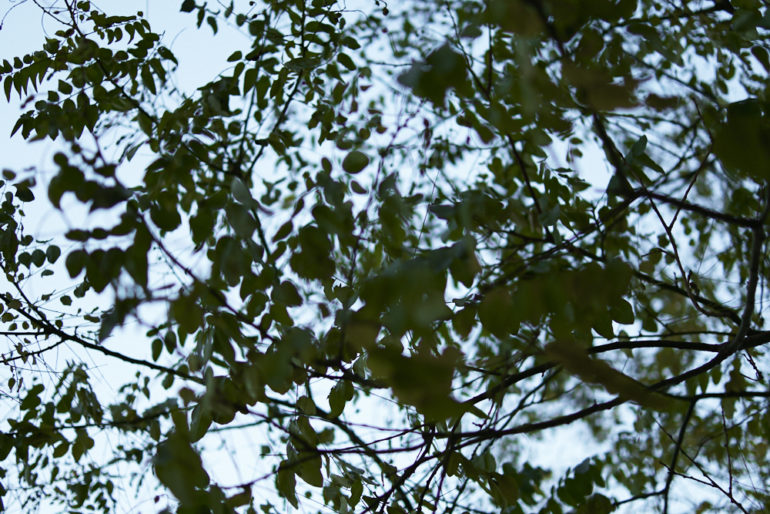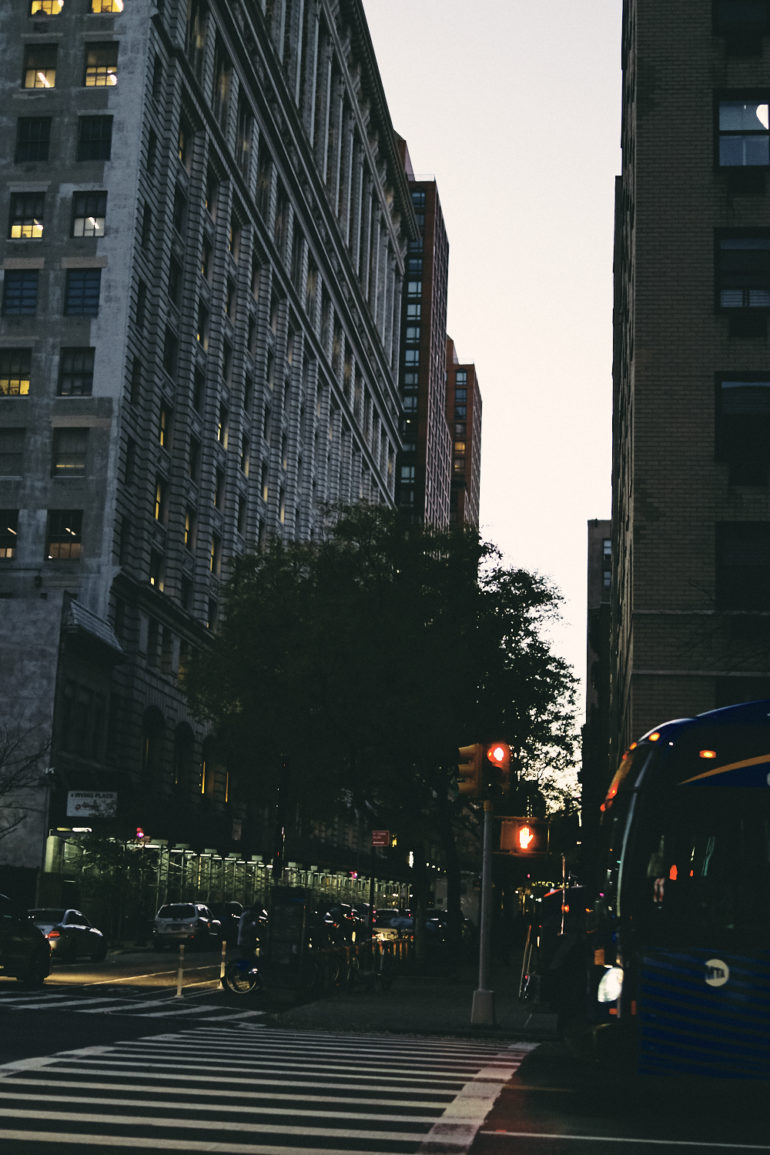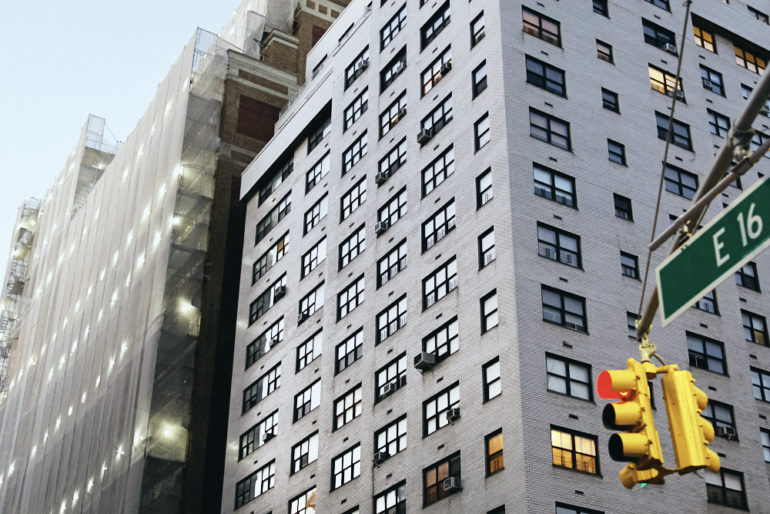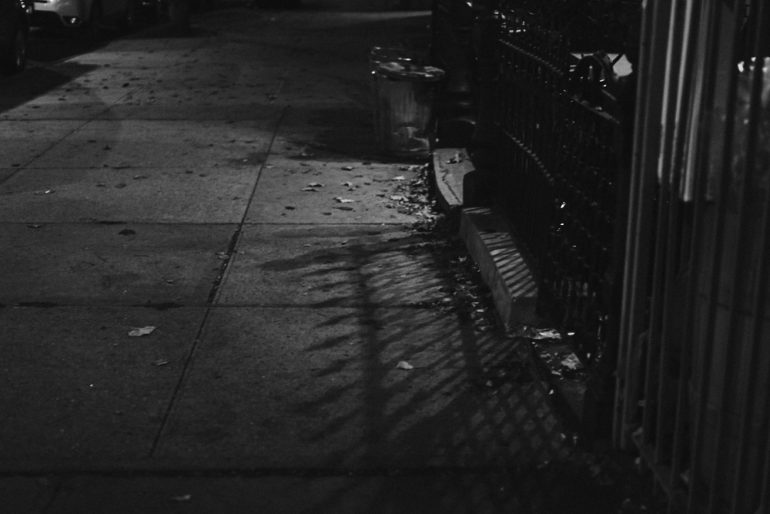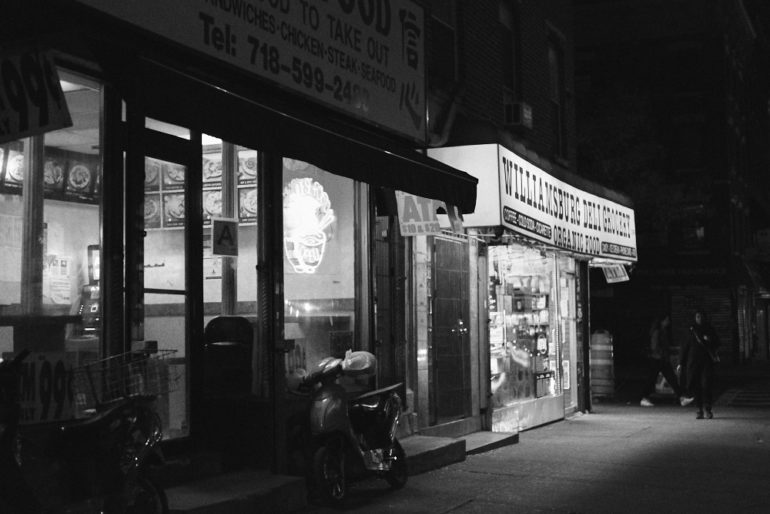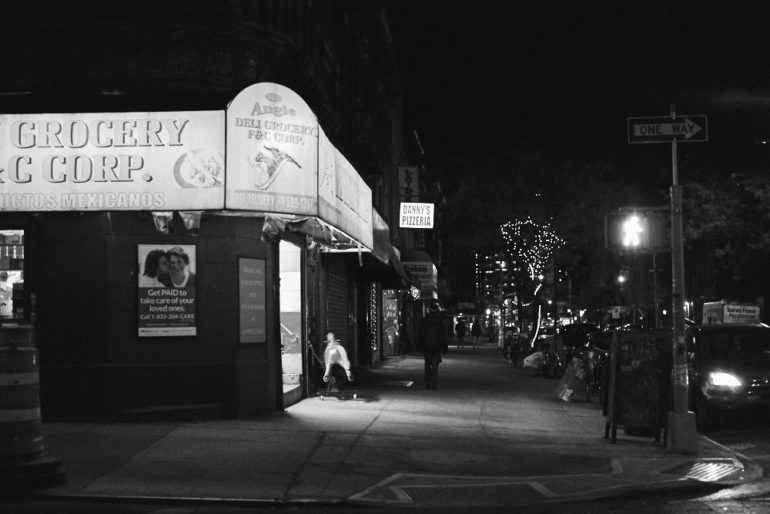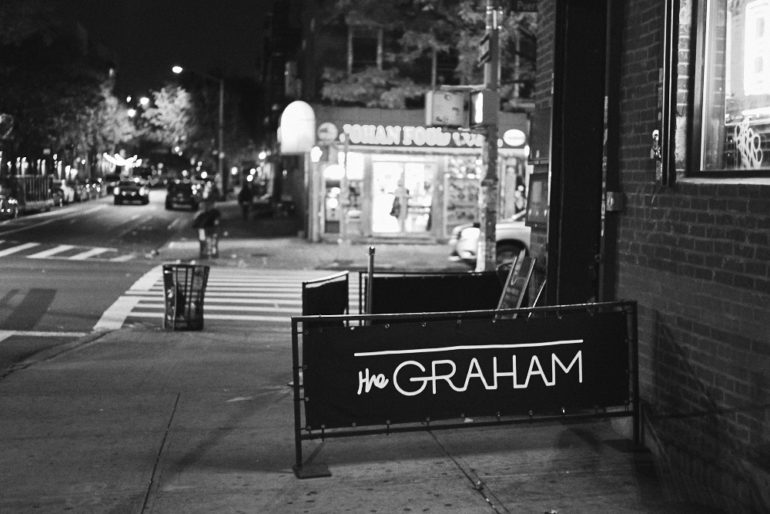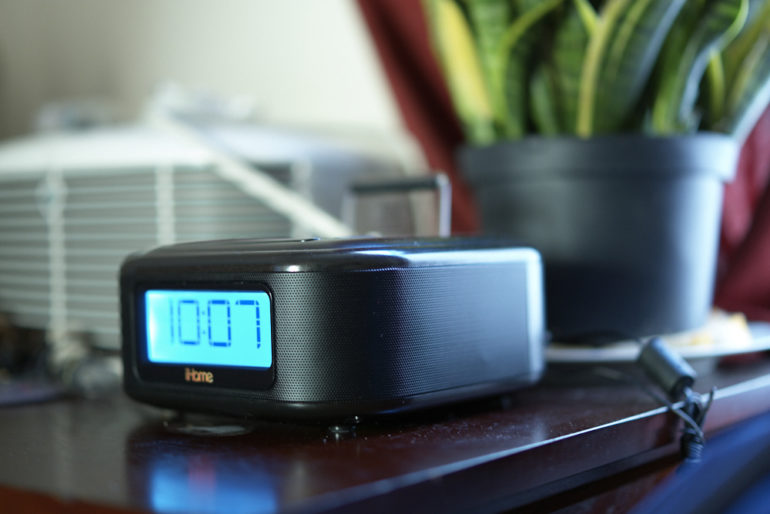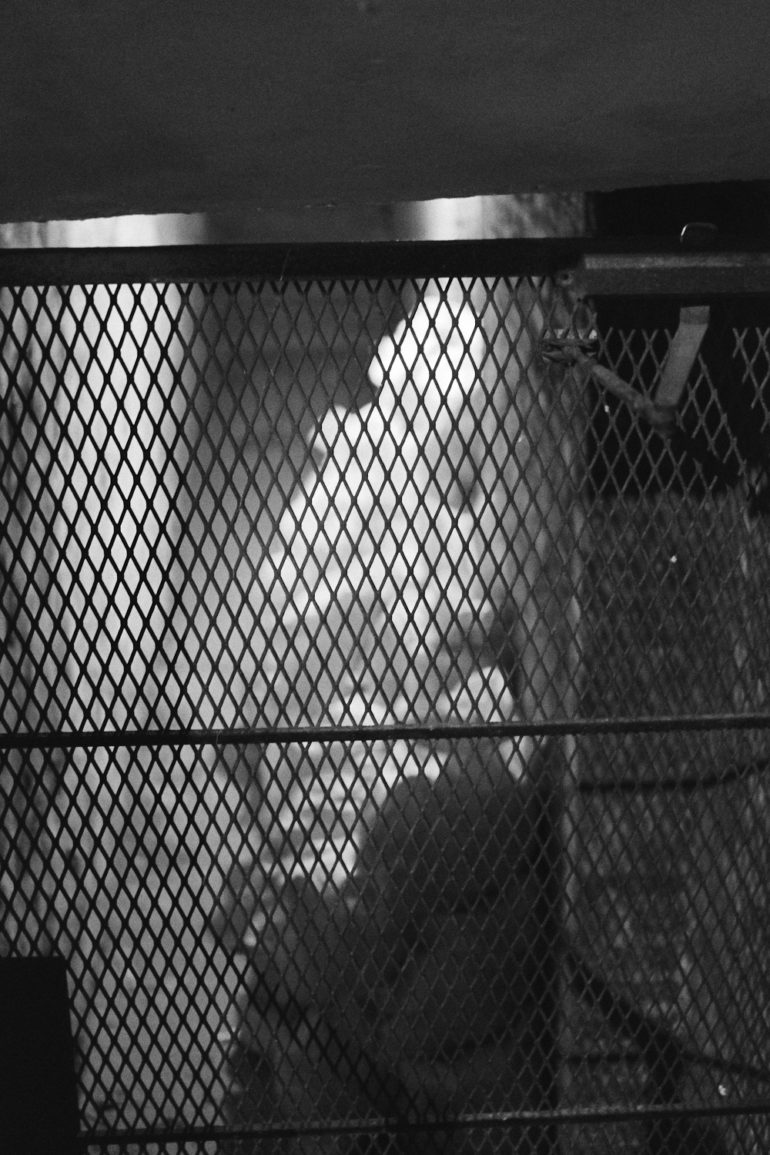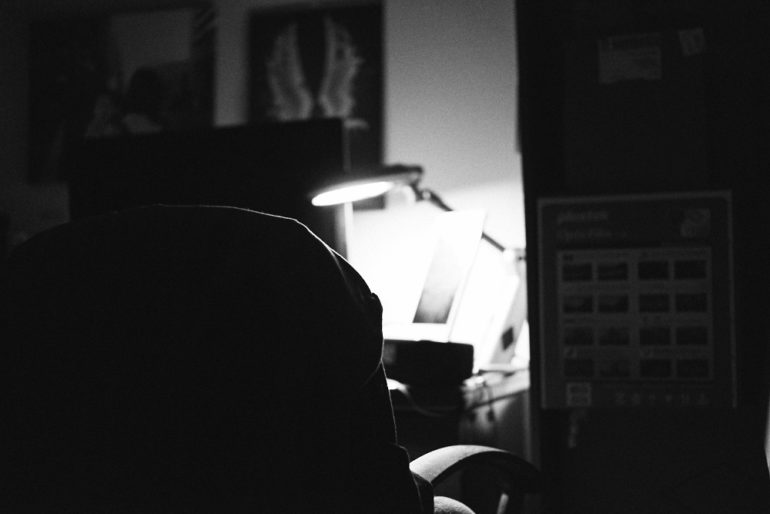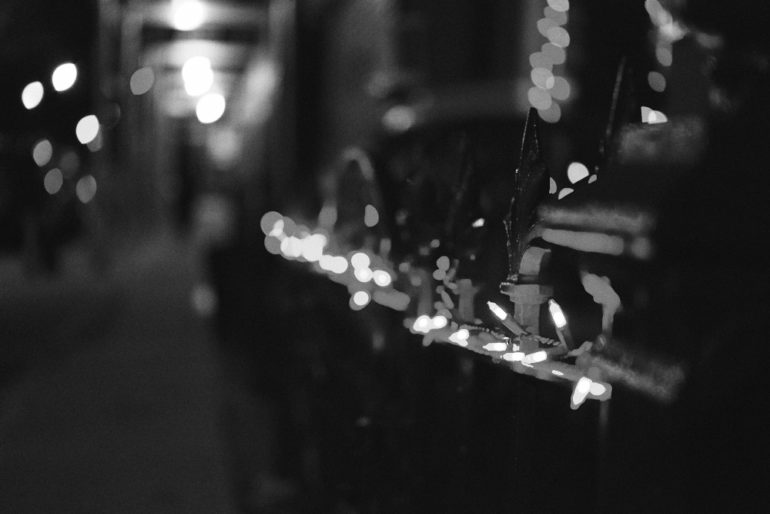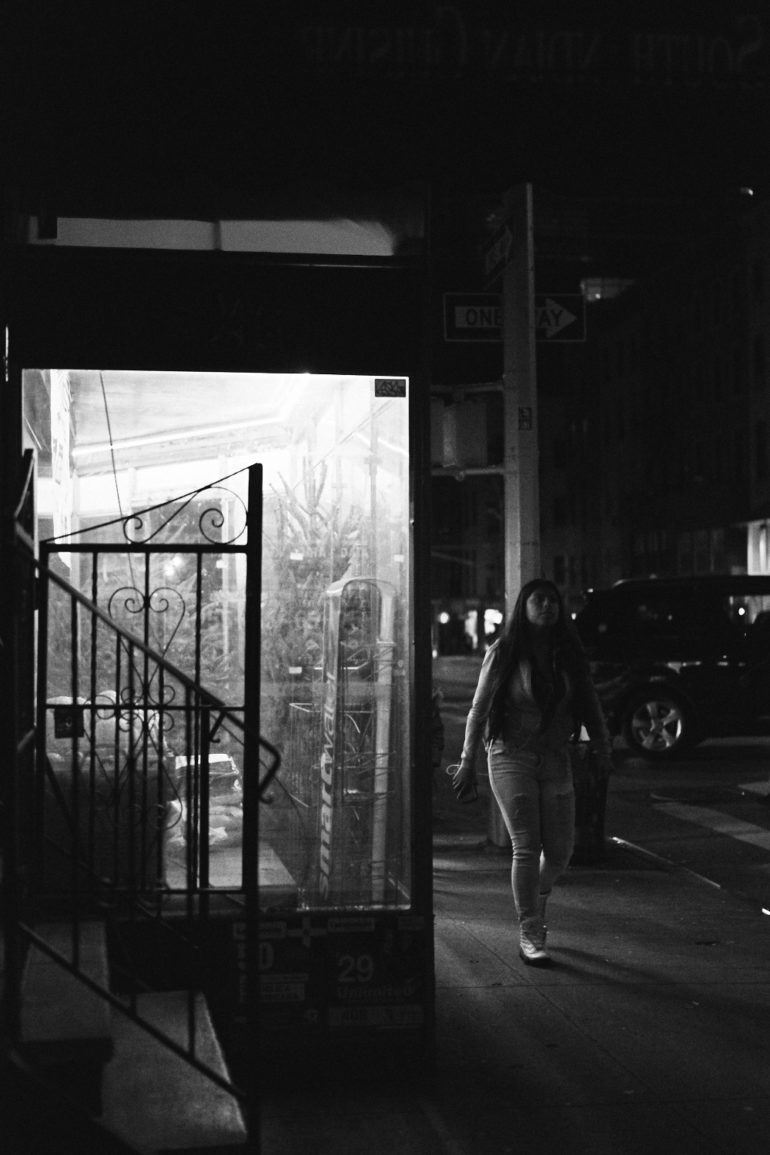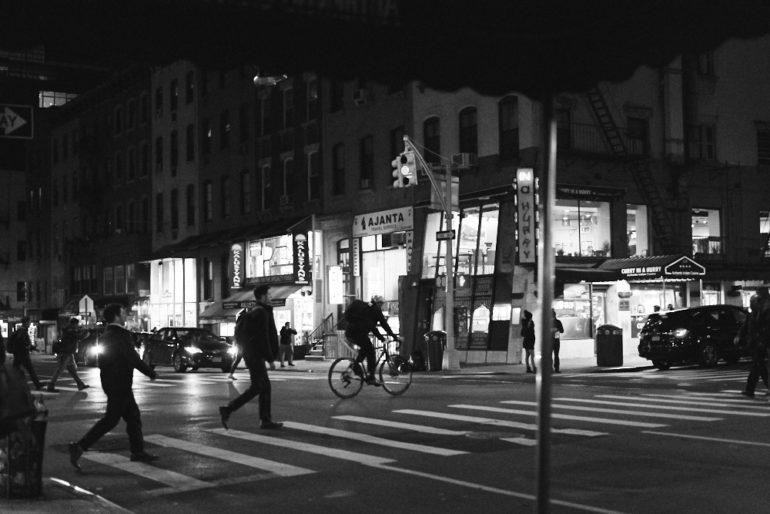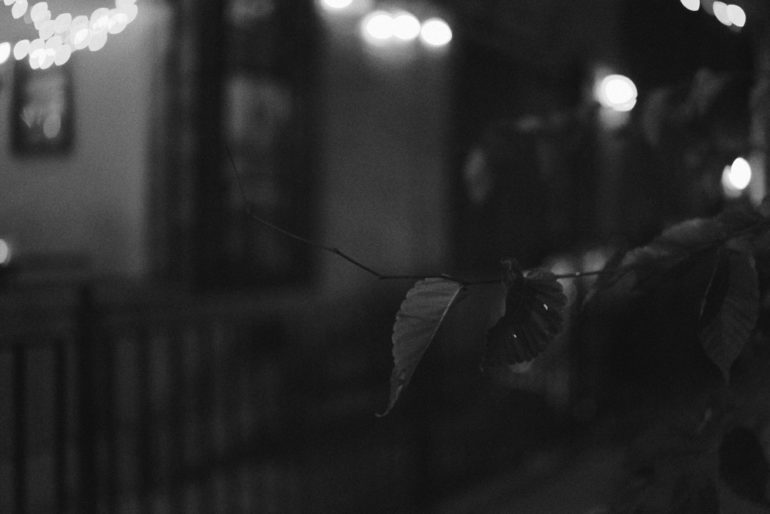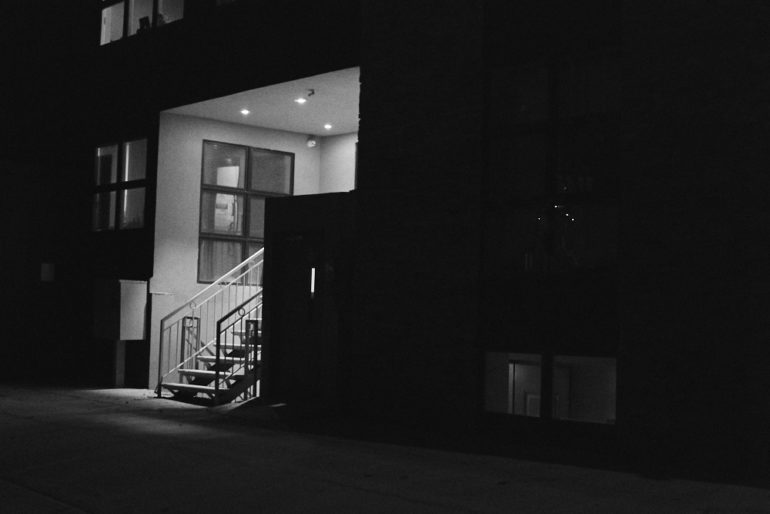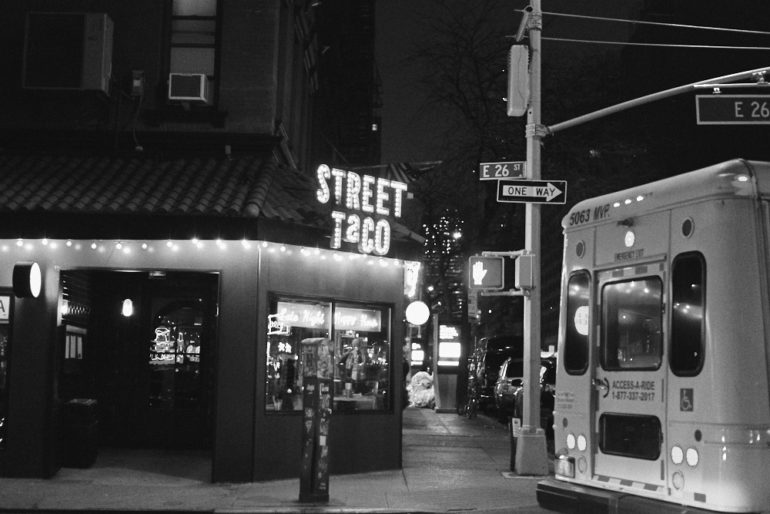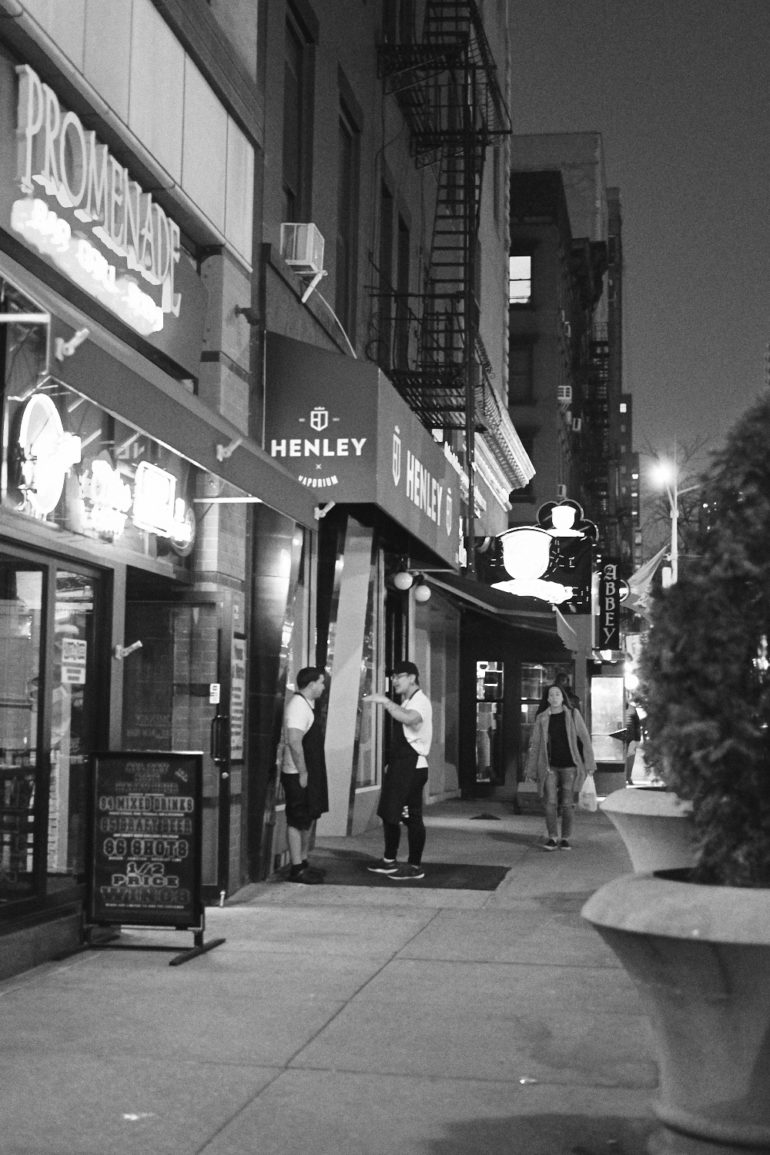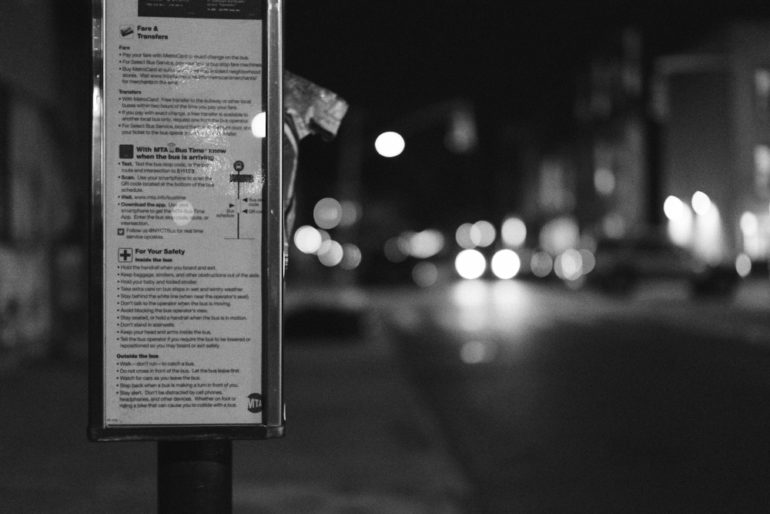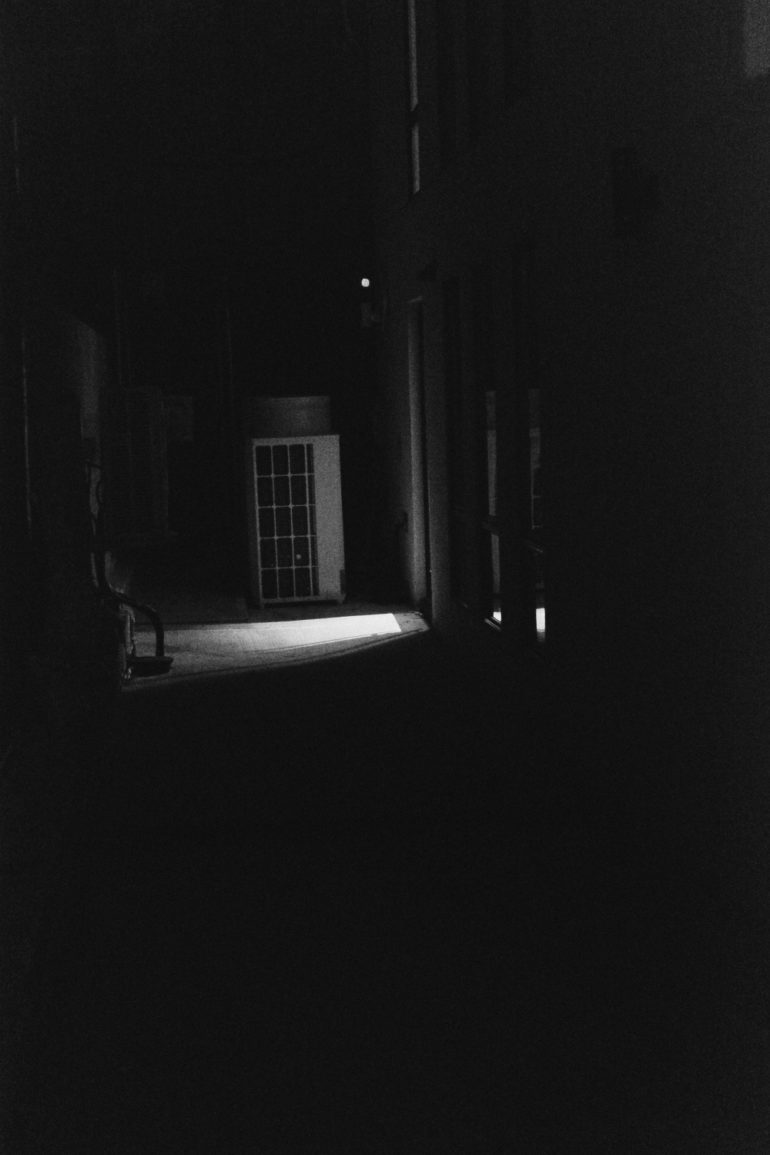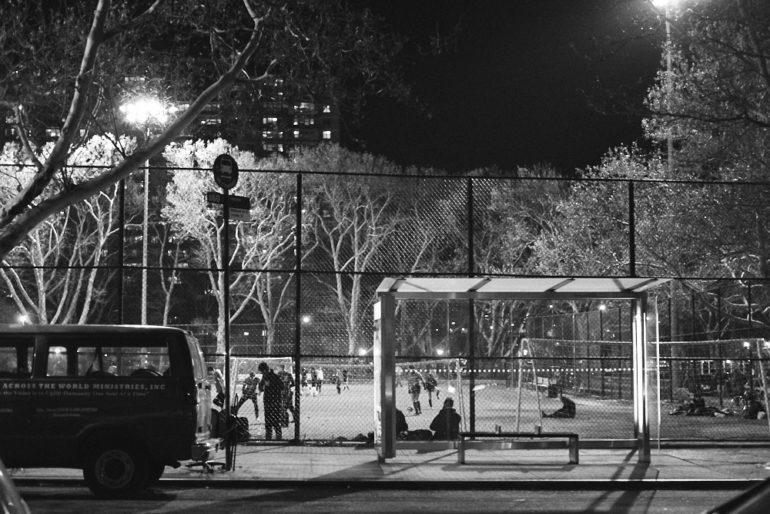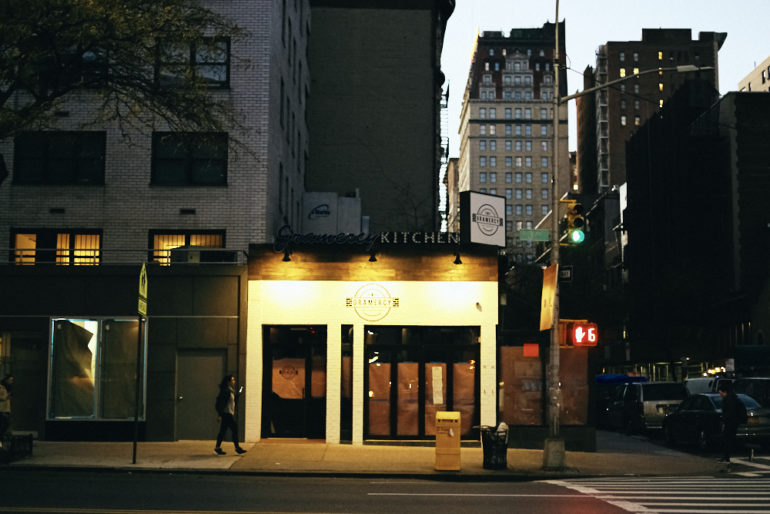Last Updated on 02/03/2020 by Brett Day
The Leica TL2 is more or less like an iPhone with interchangeable lenses. But the tech inside is really quite good.
When the Leica TL2 was offered to me for review, I was a bit on the fence about it. Though I had only spent brief periods of time with it in the past, I genuinely thought of it as something like the Canon Rebel of mirrorless cameras in the Leica lineup. But in truth, I was very wrong. The Leica TL2 is a mirrorless camera designed for rich enthusiasts. I wouldn’t do a job with it, even though I can, due to its quality. But what’s most amazing about the camera is not only its build quality, but the fact that it takes really great images. Part of this is thanks to the fantastic Leica lenses for the system. When you hold the Leica TL2, you begin to realize it is a piece of kit that really shouldn’t be discounted at all.
Pros and Cons
Pros
- Super solid build quality
- Nice, big screen
- Simple touchscreen interface, but can get complicated depending on how you configure it
- Feels better in the hand than you’d think
- Good image quality
- Fantastic battery life
Cons
- Autofocus is fast, but not fast enough for something like street photography
- Attaching camera straps to it can be a bit of a pain
Gear Used
We tested the Leica TL2 with the Leica 35mm f1.4 Lens
Tech Specs
Specs taken from the Leica website
| Digital APS-C system camera | |
|---|---|
| Camera Type | Digital APS-C system camera |
| Lens mount | Leica L bayonet with contact strip for communication between lens and camera |
| Compatible lenses | Lenses with Leica L-Mount, Leica M/R lenses using the Leica M-Adapter L/R-Adapter L |
| Sensor | APS-C sized CMOS sensor (23.6 x 15.7 mm) with 24.96/24.32 million pixels (total/effective), aspect ratio 3:2 |
| Photo Resolution | DNG: 6016 x 4014 Pixels (24 Megapixels), JPEG: optional 6000 x 4000 Pixels (24 Megapixels), or 4272 x 2856 Pixels (12 Megapixels), or 3024 x 2016 Pixels (6 Megapixels) |
| Photo file formats/compression rates | Optional: JPG, DNG, or DNG + JPG, DNG optionally uncompressed or compressed (lossless) |
| Video recording format | MP4 |
| Video resolution/frame rate | 3840 x 2160 p (4K) 30fps, 1920 x 1080 p (FHD) 60 fps or 1280 x 720 p (HD) fps or 1280 x 720 p (HD) 120 fps (SLOMO) |
| Video recording time | Depending on ambient or housing temperature video recordings are possible up to a maximum length of 29 minutes, maximum file size is 4 GB, if a recording exceeds this limit, the respective part is automatically stored in another file |
| Internal memory | 32 GB |
| Storage media | SD/SDHC/SDXC memory cards, multimedia cards, UHS II-standard is supported |
| ISO range | Automatic, ISO 100 to ISO 50000 |
| White balance | Automatic, presets for daylight, cloudy, halogen lighting, shadow, electronic flash, two memory slots for manually metered settings, manual color temperature setting |
| Autofocus system | Contrast-based |
| Autofocus metering methods | Single point, multi-zone, spot, face detection, touch AF |
| Exposure modes | Automatic program, aperture priority, shutter speed priority, and manual setting, Fully automatic, sport, portrait, landscape, night portrait, snow/beach, fireworks, candlelight, sunset, digiscoping |
| Exposure Metering Methods | Multi-zone, center-weighted, spot |
| Exposure compensation | ±3 EV in 1⁄3 EV increments |
| Automatic exposure bracketing | Three pictures in graduations up to ± 3EV, adjustable in 1⁄3 EV increments |
| Shutter speed range | 30 s to 1⁄40000 s (up to 1⁄4000 s with mechanical, beyond that with electronic shutter) |
| Picture sequence | Approx. 7 fps (with mechanical shutter) and 20 fps (with electronic shutter), 29 pictures at full speed, then depending on memory card properties |
| Flash modes | Adjustable with attached, system compatible flash |
| Flash exposure compensation | ±3 EV in 1⁄3 EV increments |
| Flash synchronization | 1⁄180 s |
| Monitor | 3.7” TFT LCD, 1.3 million pixels, 854 x 480 per color channel |
| Self-Timer | Selectable delay time 2 or 12 s |
| WLAN | Complies with IEEE 802.11b/g/n standard (standard WLAN protocol), channel 1-11, encryption method: WiFi-compatible WPA™/WPA2™ |
| Power supply | Leica BP-DC13 lithium ion battery, rated voltage 7.2 V, capacity 985 mAh (min.) (based on CIPA standard): approx. 250 pictures, charging time (after total diwscharge): approx. 160 min Manufacturer: Panasonic Energy (Wuxi) Co, Ltd. Made in China |
| Interfaces | Micro (type D) HDMI port, HDMI 1.4b standard is supported, USB type C port, USB 3.0 Super Speed standard is supported, battery charging via USB connection possible with max. 1 A, accessory shoe with Leica flash interface with integrated connection for optional accessories |
| Charger | Leica BC-DC13, input: AC 100-240V, 50/60Hz, 0.145 A (100 V)-0.08 A (240 V), automatic reversing, DC 8.4 V, 0.65 A, Weight: approx. 90 g/3.2 oz, Dimensions: approx. 96 x 68 x 28 mm, Manufacturer: Shenzen Eng Electronics Co., Ltd., Made in China |
| Body | Leica unibody aluminum design, attachment system for carrying straps and other accessories, ISO accessory shoe with center and control contacts for flash units or Leica Visoflex electronic viewfinders |
| Tripod thread | A 1⁄4 DIN 4503 (1⁄4“) |
| Body dimensions (WxHxD) | 134 x 69 x 33 mm |
| Weight | Approx. 399 g/355 g (with/without battery) |
| Scope of delivery | Camera body, carrying strap, 2 release keys for removing the dummy plugs or e.g. the carrying strap, battery (Leica BP-DC13), charger (Leica BC-DC13) with 6 adapter plugs, USB type C cord |
| Software | Leica TL-App (free download in Apple™ App Store™/Google™ Play Store™) |
Ergonomics
When you look at the Leica TL2, it’s easy to think of it as an unfinished camera in some ways. But indeed, it is very finished. The camera is made from a single piece of aluminum and, in many ways, designed to appeal to the Apple users out there. Here’s the Leica TL2 with the lens off, and you can see the sensor at the heart. There isn’t very much else to the front otherwise.
When you look at the top of the Leica TL2, what you see are minimal controls. These controls are for the hot shoe, the on/off switch around the shutter button, the programmable function button (which is best left at playback), and two very nice feeling dials for exposure controls. Of course, the Leica lenses are pretty big in comparison to the camera. But with that said, they’re very good.
If you turn to the back, you’ll find that the only control for the Leica TL2 is this massive touch screen. That’s it.
The Leica TL2 has this side door for ports, unlike it’s Leica CL cousin. These ports also include the SD card slot.
Build Quality
The Leica TL2 feels solid in every single way. It isn’t rated to have weather sealing to my knowledge, but it is surely very sturdy. I mean, it’s made from a single piece of aluminum for the most part. But then there’s the screen and all. It genuinely feels like you’re holding a hunk of metal here.
Ease of Use
The Leica TL2 has a touchscreen interface. In fact, that’s more or less the only big way you can interact with the camera. There are three settings on the right side. These all have different, customizable menus.
When you go to a menu on the Leica TL2 what you see is that they’re all programmable in some way or another. They’re all tile based too. Even further, the language is in such a way that it’s designed for someone who knows little to nothing about photography. In essence, that makes things a whole lot simpler. And it’s all done in a way more experienced photographers really shouldn’t roll their eyes at. For some photographers, it may be a bit difficult to wrap your head around – doing everything with a touchscreen. But if you’ve ever shot with your phone you’ll understand it. It’s an extremely intuitive interface. The only problem I ran into is finding a way to do playback without programming the only button on the camera to do it for me. That was perplexing.
This is very much a camera that works best in either manual or aperture priority. In aperture priority, one dial controls ISO while the other does aperture. In manual, one dial does aperture while the other is shutter speed. I’m one of those who doesn’t like using ISO Auto at all due to more old school training techniques being drilled into my head. But for the most part, I don’t really recommend anyone do that simply because a camera is a machine and it does what you tell it to; not what it thinks you want. It cannot think.
Autofocus
If you’re a street photographer, the Leica TL2 makes sense if you’re one of those “photo wait” types. If you prefocus out to an area and shoot then you’ll be fine. Indeed, the Leica TL2 has a really nice way of rendering black and white images as well. But when it comes to capturing the decisive moment via autofocus, the Leica TL2 is behind all other manufacturers. If your subject is sitting still in low light then the camera will be totally fine. But otherwise, I’m not the biggest fan of the Leica TL2’s autofocus.
Image Quality
The Leica TL2 has an APS-C sensor and what really makes the output from this sensor sing is the fact that Leica makes such exceptional glass. When it comes to image quality from the Leica TL2, it’s satisfactory but nothing extraordinary. The high ISO output is nice and, in most situations, will be more than good enough for most people. Again, this is a camera targeted at rich enthusiasts. The RAW file versatility itself though is nothing to really write home about.
RAW File Versatility
When it comes to pulling information from the highlights, I found the TL2 behind the other cameras on the market. But the ability to push the shadows is adequately suffice. To be honest, as long as you get the exposure right in camera the first time around, the image quality to be more than good enough to simply accept the JPEGs and move on. Indeed, that makes sense for the enthusiast audience this is going after too. Comparatively speaking, I felt like the Leica CL had better RAW file versatility. With both cameras though, I recommend underexposing your scene a bit and pushing in post.
To be honest, there are times where I just underexposed the scenes by around a stop and was completely fine with the images I got.
High ISO Output
ISO 6400 from the Leica TL2 is clean and, thanks to the Leica lenses, you’ll get exceptionally sharp images. Somehow or another though, I felt that the Leica CL (comparatively) had better high ISO output. I wouldn’t push or pull the files all that much; but you can surely get more from them by pushing to around a stop.
Extra Image Samples
Conclusions
Likes
- Build quality
- Ease of use
- Lens selection
- It’s a welcome change from all the other camera manufacturers out there
Dislikes
- I wish the sensor output had been tweaked to be a bit better
The Leica TL2 is a camera designed for enthusiasts. Let’s make that clear. Can it take professional quality images? Yes. But it will really only do so in the hands of someone who truly knows what they’re doing. In the same way that you wouldn’t try to entrust all of your medical worries to WebMD, a new camera is not going to be a replacement for an actually good human photographer. At the price point, I feel it’s a very fair purchase. Is it above all the other cameras in pricing, like those from Fujifilm and Sony? Yes. But there are features about it that make it justifiable.
The Leica TL2 receives four out of five stars.


